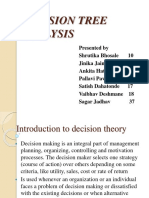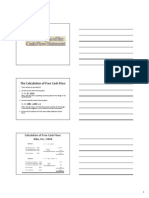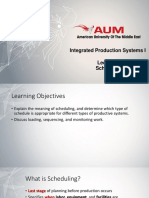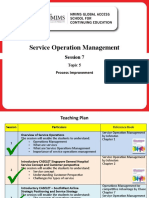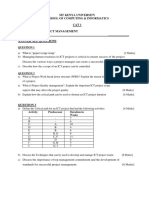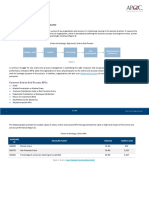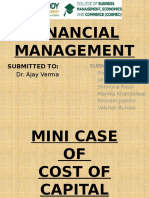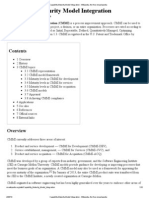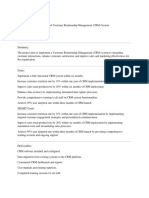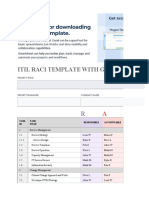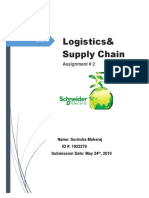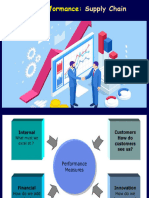0% found this document useful (0 votes)
747 views33 pagesQuantitative Process Analysis
This document discusses quantitative process analysis techniques. It covers process analysis tools like flow analysis and queuing analysis that can be used to understand process performance. Key aspects of process performance like time, cost and quality are discussed. Specific measures for each dimension are provided like cycle time, processing time, cost per instance etc. The document also illustrates how flow analysis can be done to calculate overall process cycle time based on activity times and process flows.
Uploaded by
djchar55Copyright
© © All Rights Reserved
We take content rights seriously. If you suspect this is your content, claim it here.
Available Formats
Download as PDF, TXT or read online on Scribd
0% found this document useful (0 votes)
747 views33 pagesQuantitative Process Analysis
This document discusses quantitative process analysis techniques. It covers process analysis tools like flow analysis and queuing analysis that can be used to understand process performance. Key aspects of process performance like time, cost and quality are discussed. Specific measures for each dimension are provided like cycle time, processing time, cost per instance etc. The document also illustrates how flow analysis can be done to calculate overall process cycle time based on activity times and process flows.
Uploaded by
djchar55Copyright
© © All Rights Reserved
We take content rights seriously. If you suspect this is your content, claim it here.
Available Formats
Download as PDF, TXT or read online on Scribd
/ 33











